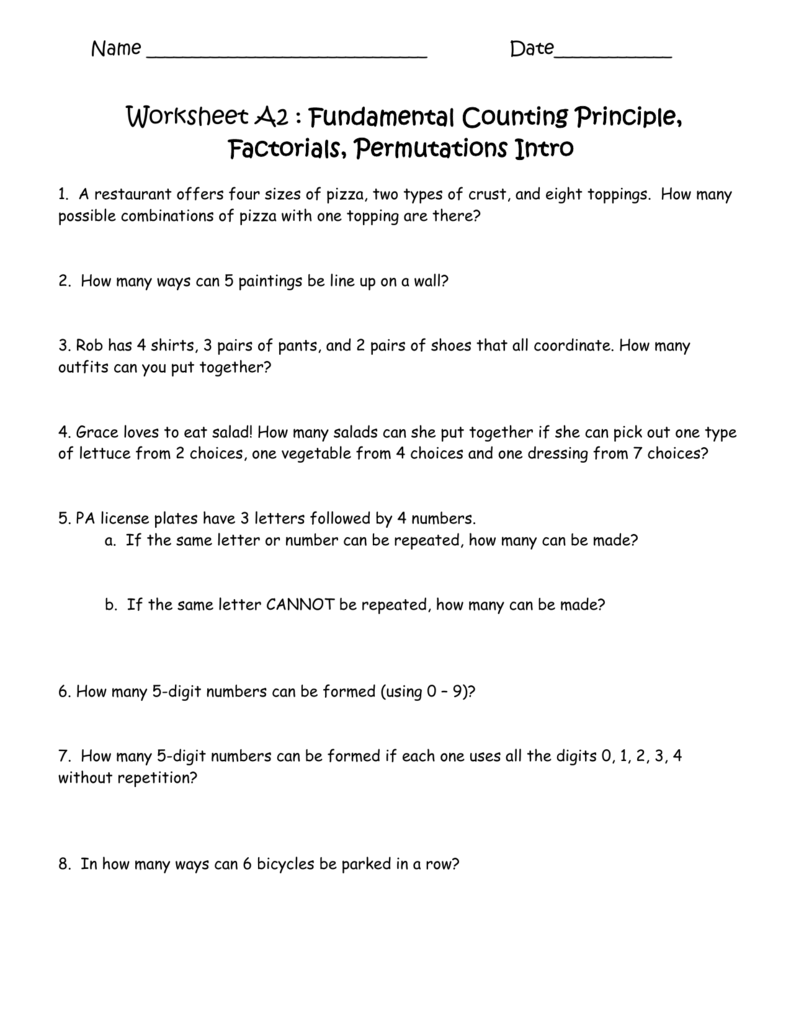

Mathematical Practice 2: Reason abstractly and quantitatively.

Some students will take the next step, thinking of ways they can find the favorable outcomes without drawing the sample space.

Some students will see the number of outcomes without the sample space, but will realize that they might still need the sample space to count all of the favorable outcomes. Tree diagram:Īs students work, look for students who do not draw the sample space or use an abbreviated version. Students will present a tree diagram, a list, or a table. Provide small group instruction to make sure that they can multiply fractions to find the probability accurately, and to convert fractions to decimals to percents. SWD: Struggling students may still need explicit instruction and guided scaffolding to recognize the relationships creating ratios to represent the probability and for multiplying fractions to find probability. Explain your strategy for solving the problem.Why did you approach the problem the way you did?.Student has a solution but does not provide an explanation. If a marble is drawn, what are the outcomes for the second event?.How many outcomes are there for each event?.Student struggles to get started on the marble problem. Students can work individually or with a partner. The Opening allows students to see the relationship between sample space diagrams and the total number of outcomes for compound events.Mathematical Practice 7: Look for and make use of structure. Students may begin to see that the probability of each outcome can also be multiplied to find the probability of the compound event, although this idea is left for students to bring up and/or discover. Two number cubes: 6 outcomes for the first event, 6 for the second, 36 total outcomesĮlicit from students that the number of outcomes for each event can be multiplied to find the total number of outcomes.One number cube and one coin: 6 outcomes for the first event, 2 for the second event, 12 total outcomes.Two coins: 2 outcomes for the first event, 2 for the second, 4 total outcomes.

Summarize the results from the previous lesson: Students will likely see that each of the 9 shirts can be paired with each of the 8 pants, making 72 combinations. It also helps to model accurate mathematical language. Doing so may provide students with insights into mathematical thinking and ways of tackling problems. When teachers think aloud, they are externalizing their internal thought processes. SWD: If students are not observing why there are 72 combinations for shirts and pants, thinking aloud is one strategy for making learning visible. Give students a few minutes to think about the question and then have them share their thoughts.ĮLL: Be sure that your pace is appropriate when posing this question, especially when interacting with ELLs.


 0 kommentar(er)
0 kommentar(er)
